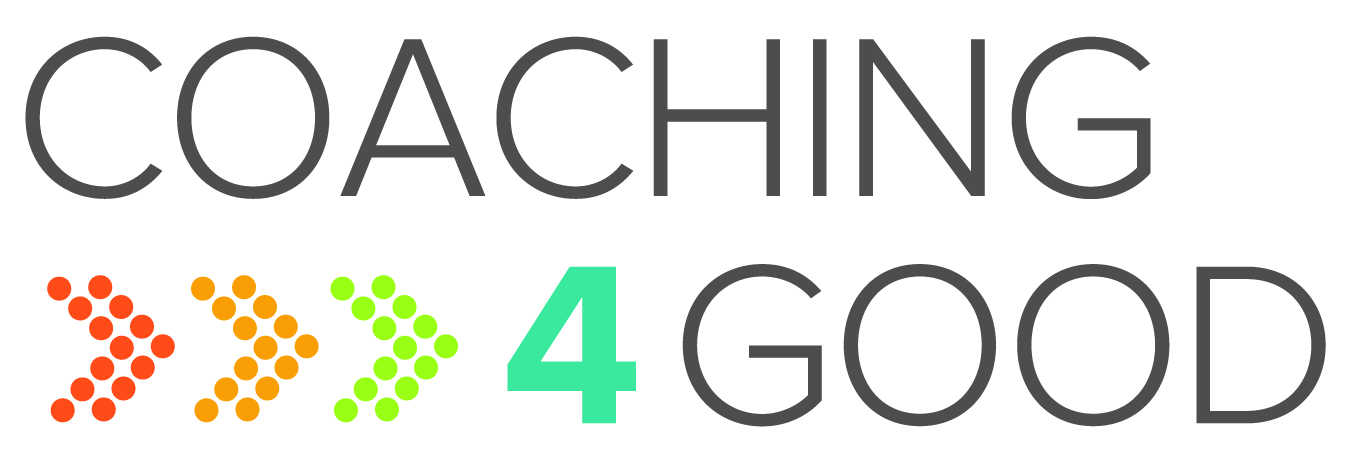
Being part of a team is exciting. You get to work with creative minds and churn out groundbreaking business ideas that push your company forward. When your team is on a roll, you can be unstoppable. However, not all days provide an inspired mindset.
You can’t expect that magic will happen every time you gather the team. Roadblocks and burnout can hinder your team’s performance, making it challenging to think of innovative ideas. An uninspired brainstorming session may then leave your team feeling negative, unproductive, and repetitive.
It would be best if you conditioned employees to kick off an effective idea generation process. When you properly set up a session for productivity, your team will feel accomplished and energized.
Overcome idea-hampering obstacles by trying actionable strategies that bring the team together. Check out these techniques on how you can generate innovative ideas.
7 Actionable Strategies to Generate Innovative Ideas
Some of the following ideas can be done with employees individually, but they’re most suited for group settings. When generating ideas as a group, leaders play a huge part. You must know how to facilitate exercises that yield perfect ideas successfully. Here are some activities you can start doing.
1. Start freewriting
Help your team find their strengths and work through their mental blocks by doing a technique called freewriting. In this strategy, employees will write non-stop for 5 to 10 minutes, not minding if there are grammatical errors in their writing. As they continue the process, creative thoughts will emerge on their own. This exercise aims to let ideas flow freely. It’s a quick and effective way to combat creative blocks.
2. Do a mind-mapping exercise
The mind-mapping exercise is great for visual thinkers. It starts with an idea, whether good or bad. Then, it branches to multiple ideas.
You can begin this visual brainstorming technique by putting an idea in the middle of a paper or whiteboard. Next, draw lines to connect sub-ideas.
For example, the main idea is “improving customer service.” Write sub-ideas like “fast response times” and “hassle-free” in separate bubbles that connect to the primary objective. Then, you can expand each sub-idea and create more bubbles. For example, under “hassle-free” you can place “automatic” or “contactless” and from brainstorm the innovative ways you can bring these ideas to life.
3. Make connections with word association
Word association focuses on the first idea that comes to mind when you hear a certain word. For example, when you say “battery,” the initial thoughts that may flash are “electricity,” “volts,” and “charging.” These exercises provide the opportunity to explore related words and open ideas for discussion.
In a group setting, you can do this brainstorming technique with a random word picker. List different words and toss them into a bowl. As you pull each word out, relate that word to the brainstorming topic at hand until you generate a solid idea.
4. SCAMPER
This brainstorming technique looks at an idea from different angles. From product development to marketing and customer service, the SCAMPER technique can help your team in becoming creative and critical thinkers.
SCAMPER stands for:
- Substitute – Swap one aspect of the concept for another
- Combine – Merge one element of the idea with another
- Adapt – Adjust the concept in a new context
- Modify – Find ways to change the idea to heighten its impact
- Put to another use – Consider other ways to utilize the idea
- Eliminate – Figure out what you can remove to simplify the idea
- Reverse effective – Reorganize the idea to make it more effective
If you’re going to do this exercise, it’s best to use templates to track responses efficiently.
5. Try figure-storming
Figure storming consists of the team choosing a well-known person. It can be the boss, a celebrity, or a fictional character. Once you’ve chosen, you should think like them and approach the situation as they would. For example, what would Michelle Obama think about this idea? How would she approach it?
By doing this technique, you can eliminate barriers that restrict creative thinking like time and budget. Employees can also be more confident in putting forth their ideas if someone else’s name (like Michelle Obama) is tied to them.
6. Tired of brainstorming? Try reverse brainstorming
Reverse brainstorming can be a little chaotic but good for problem-solving. In this exercise, you brainstorm problems before the solution. The leader will ask, “How can we cause [insert problem]?” After your team lists the causes, everyone should develop new solutions.
7. Charette
The Charette technique is a great choice for bigger groups, as it will divide the team into smaller subgroups that require a few rooms. Then, each team or room has to write a problem or topic. The groups will rotate rooms and jot their ideas for the main subject. As they switch rooms, employees need to keep building upon the ideas before them.
Come Up with the Best Ideas
If you want maximum efficiency during your brainstorming sessions, you could try incorporating the strategies above. But for startups, bright ideas don’t come easily. You need the right preparation and conditions to generate innovative ideas. Here, leaders should properly spearhead these sessions and ensure the team’s ideas come to fruition.
For a guide to leadership development and career coaching, get in touch with Coaching4Good.

Kim Garmany
Kim Garmany is the Chief Operating Officer at Coaching 4 Good, a woman-owned career and leadership development company based in Austin, Texas. Leading with kindness and compassion, Kim has spent most of her career working with nonprofit organizations to build stronger communities. She believes that all people should have access to a safe place to live and dignified work.
Take a look at what she’s up to now at coaching4good.com.








Stay In Touch